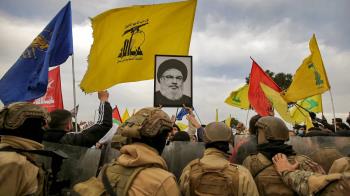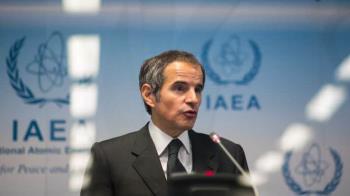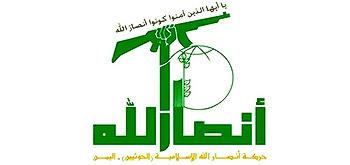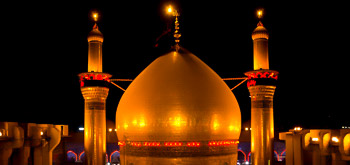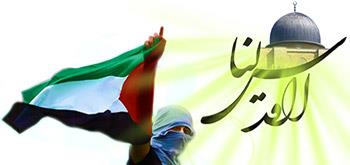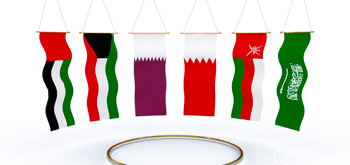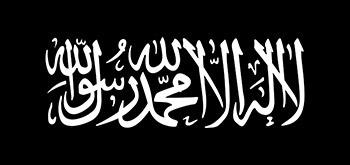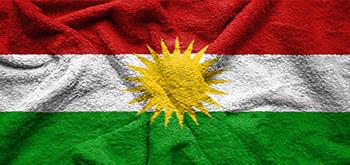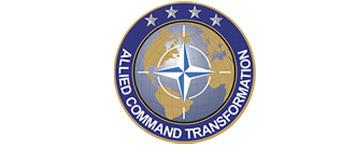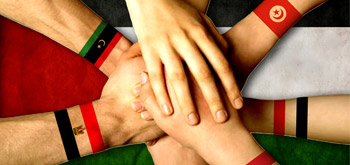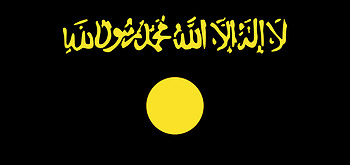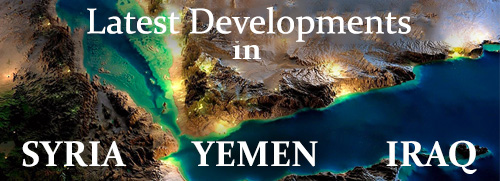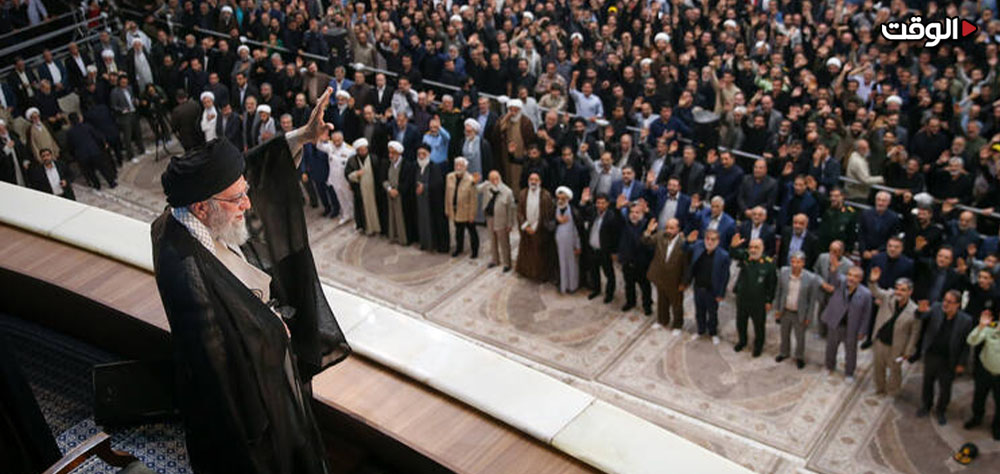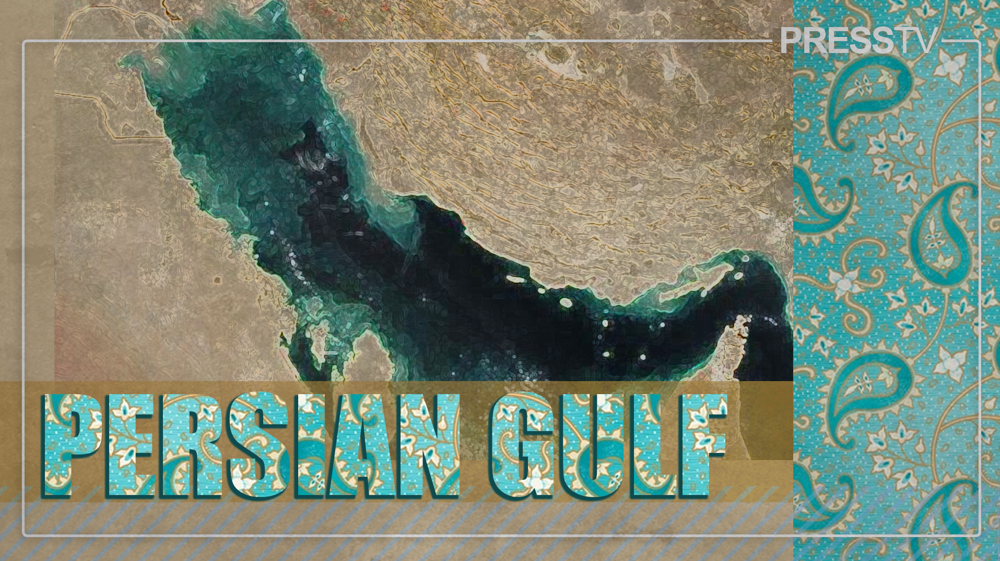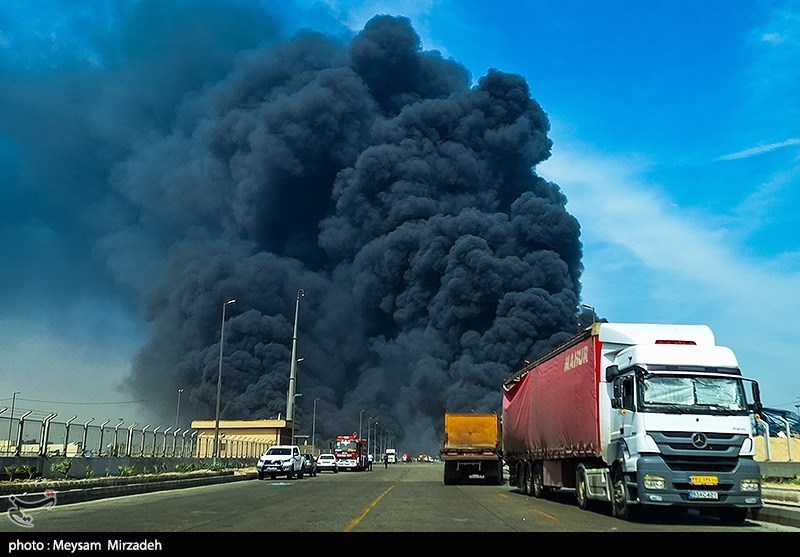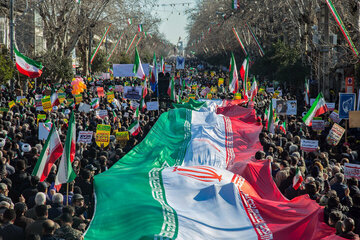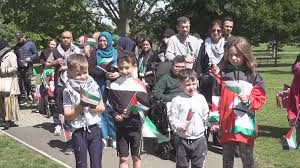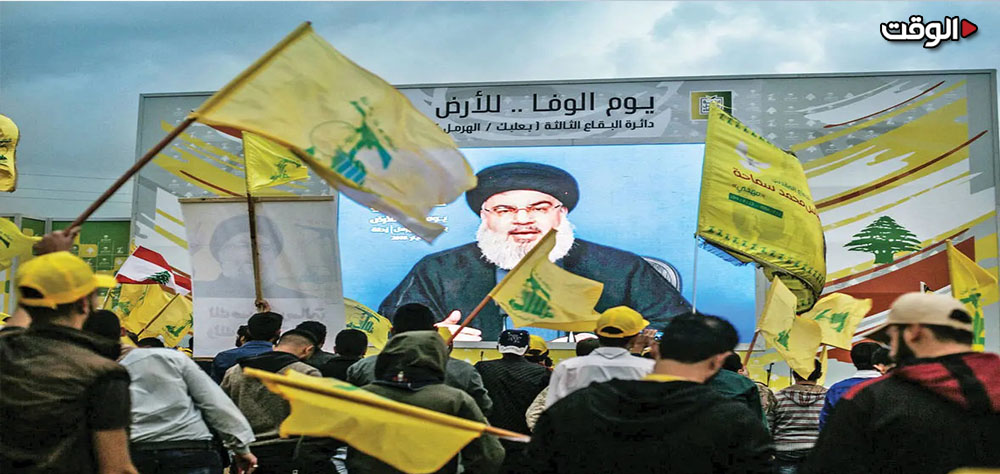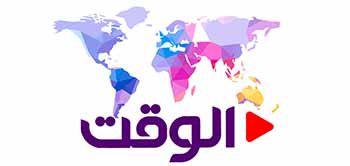Alwaght- After months of preparations and heated campaigning of the candidates, the Iraqi parliamentary elections were finally held in a secure and peaceful climate. And now the breathes are held in expectation of the results that will determine the next government.
Meanwhile, one of the issues that has grabbed the attention even before the final results announcement is the higher turnout rate that finally broke the low record of the past decade.
Iraq's Independent High Electoral Commission (IHEC) announced that turnout for the country's recent parliamentary elections exceeded 55 percent. According to official statistics, approximately over 12 voters from a total electorate of over 21.4 eligible citizens participated in the general and special vote. This figure marks a significant increase from the 41 percent participation rate in the 2021 elections.
Since the first parliamentary elections following the fall of the Ba'athist regime in 2005, public participation in Iraqi elections had followed a gradual downward trend. Around 58 percent of voters took part in the initial January 2005 election, with turnout reaching a peak of approximately 70 percent in the December election of the same year, the highest level in Iraq's modern political history. However, by 2010, participation had fallen to about 62 percent and remained at that level for the 2014 elections. The downward trend intensified from 2018 onward; this period recorded a turnout of just 44.5 percent, the lowest since the fall of Saddam Hussein, reflecting a decline in public trust in the political system and growing popular disillusionment with the effectiveness of successive governments.
Accordingly, this report will examine the main reasons for the increased participation, its political and social consequences, including the legitimacy of the system, national stability, and the role of minorities and women, as well as the impact of developments following the 2019 protests, the influence of social media, and the entry of new figures into the electoral contests.
Reasons behind increased turnout rate
1. From streets to ballot box: Legacy of Tashreen Movement
The widespread October 2019 protests, known as the "Tishreen Movement," marked a turning point in the political behavior of Iraqi society. Although the movement failed to change the entrenched power-sharing quota system, it prompted many civil activists and young people to choose the path of reform from within the structure.
They learned that to achieve their demands, they had to migrate from the streets to the ballot box. Consequently, numerous independent figures emerging from civil movements contested these elections, which in turn persuaded a previously protesting generation to turn to electoral participation.
2. Entry of new, non-partisan figures
In this election, a larger number of independent candidates embracing a pro-reform and revisionist discourse have entered the race. These people, especially in the big cities and active civil centers, has increased the voting motivation among the electorate discontented with the traditional parties. The core campaign discourse of candidates focused squarely on combating corruption and improving living conditions for the poor, the middle class, and civil servants, while also promising to enhance public services. This rhetoric convinced many citizens that they could finally vote for candidates who were neither tied to corrupt networks nor beholden to party loyalties over the people's fundamental economic and livelihood demands.
3. Social media and digital promotion role
Today's Iraqi society is one of the most internet-connected societies. In this election, social networks have become the vital base for political competitions. Platforms like Facebook and TikTok played a pivotal role in mobilizing young voters, becoming the primary arena for electoral campaigning. They enabled new candidates to deliver their messages to millions of voters at a fraction of the cost of traditional methods.
A Kurdistan24 report on campaigning in Erbil province noted that in the 2025 cycle, "streets and city squares were largely emptied of banners and posters," as "social media platforms took their place."
Further underscoring this shift, a Shafaq News report titled "Iraq's Digital Arena: Social Media Shapes the 2025 Elections" highlighted that with approximately 74 percent of Iraq's population connected to the internet, campaigns moved away from traditional methods that include banners and rallies toward "targeted digital messaging," which proved most effective with young voters.
The scale of this digital push was quantified in a report from Rudaw, which revealed that over $1.4 million was spent on digital and social media advertising in a single 30-day window from September 24 to October 23, 2025. According to data from Meta, the parent company of Facebook, Instagram, and WhatsApp, a significant surge occurred in the final stretch, with $473,713 spent in just the last seven days (October 17-23, 2025).
Consequently, these online campaigns were instrumental in raising awareness, slashing the cost of outreach, and ultimately driving political participation, particularly among the youth.
4. Bitter experience of low Sunni turnout
In the Sunni-majority regions, the bitter experience following fall of Mosul to ISIS terrorist group in 2014 gave rise to a feeling of need for a profound review to the popular vision to the politics. Many Sunni citizens found out that self-marginalization has weakened their position and strengthened the radical groups. This time, a considerable part of the Sunni community voted with the logic that high turnout is the way to preserving interests and security.
5. Relative improvement of security and better election arrangement
Compared to previous elections, the security situation was calmer in many provinces, allowing the government to conduct the voting process with greater organization and transparency. This improved environment directly boosted citizens' motivation to participate. While the boycott by the Sadrist movement in its traditional strongholds led to a relative dip in turnout in some Shiite-majority provinces, this was offset by gains elsewhere, resulting in an overall increase in national participation.
6. Women presence and effect
Women constituted approximately 43 percent of the eligible voter pool, nearly 10 million people. Their rising educational attainment and growing participation in the workforce have strengthened their engagement in the political sphere.
This election also featured a record number of female candidates, many of whom were backed by civil society groups. Media tallies of the total 7,740 candidates indicate that between 2,235 and 2,248 women registered to run, meaning they comprised roughly one-third of all contenders. For instance, in Najaf province, reports indicated that 85 of the 312 registered candidates were women.
7. Altering electoral laws
A key driver of the increased turnout in Iraq's 2025 elections was the electoral reform that redrew each province as its own single constituency. This change fostered a stronger sense of local representation and more direct political competition.
This post-2019 protest reform fundamentally altered the political calculus for voters. Under the old system of large, multi-province districts and national party lists, an individual's vote often felt lost in complex, party-dominated lists, reinforcing a sense of powerlessness. By breaking the country into smaller provincial constituencies, the new law made the connection between voter and candidate more tangible. Citizens felt they could now elect local, accessible, and accountable representatives, a shift that significantly boosted the incentive to participate.
Implications and outcomes
Relative boost to the voter turnout, despite boycott campaigns and negative propaganda and foreign pressures to sway the elections, can leave positive influences on the future of political stability and will help dampen centrifugal moves and foreign interference and pressure and consequently will allow the policy-makers to further focus on settling challenges people are grappling with.
1. Legitimacy of political system
In the short term, the surge in turnout will naturally bolster the legitimacy of both the electoral process and the resulting parliament. When over half of the eligible electorate casts a ballot, the political system's claim to "truly represent the people" carries far greater weight. Yesterday, Prime Minister Mohammed Shia al-Sudani affirmed this, stating on social media: "Our honorable people have taken another step towards protecting their constitutional system by surpassing a 55-percent participation rate in the parliamentary elections." He emphasized that "this is another success on the path to restoring citizens' trust, which we have placed at the top of our government's priorities."
However, this hard-won legitimacy remains fragile and is entirely dependent on the next government's performance. If it fails to deliver on its economic and public service promises, the substantial social capital generated by this high voter turnout could be fast to deplete.
2. Stronger national cohesion and bolder role for minorities
Sunnis: higher Sunni turnout rate is a critical factor in reducing their perceived marginalization and countering the resurgence of hardline sectarian rhetoric. The community is increasingly recognizing that active political engagement is a more effective tool for defending their rights than withdrawal.
Kurds: The robust turnout among Kurdish voters is set to strengthen the political bond between Erbil and Baghdad. However, the enduring disputes over oil revenue and budget allocations will continue to be the primary determinants of the relationship's practical reality.
Internally displaced people: This election cycle saw IDPs emerge as a notable bloc, drawing attention from both candidates and the media. These citizens are a living reminder of past crises, particularly sectarian violence, instability, and fragile national unity. In a powerful signal of hope for better conditions and a return to their homes, they turned out in significant numbers. According to the election commission, voter turnout among the 20,527 registered internally displaced people reached 77 percent, with 26,538 votes cast.
3. Political stability
Higher turnout rate in the short run will mitigate the intensity of legitimacy crisis and possibility of eruption of street protests, as it will facilitate government formation. But sustainable stability is certain when the next government would curb the corruption and present a success story in providing public services.
4. Behavioral shift of Generation Z
Many of the young protesters who filled the streets in 2019 are now active in campaign headquarters or on independent electoral lists. They have come to a decisive conclusion: achieving change requires a foothold within the formal structures of power. However, their path remains fraught with significant obstacles, including a lack of financial resources, pressure from established traditional parties, and the enduring complexity of the electoral system itself.
5. Robust barrier to American pressures
The increased turnout can be a source of other important outcomes. In the current parliament the push for expulsion of the US military forces from the country and cutting the American interference was followed, but it failed to deliver the expected results. Indeed, the next parliament, enjoying a people-granted legitimacy, can more effectively follow such cases.
Recently, US officials have threatened that they will not recognize a future cabinet if it includes figures and factions from the resistance groups within the Popular Mobilization Forces. Concurrently, American pressure on Baghdad to halt imports of gas and electricity from Iran, as part of its policy of maximum pressure, continues.
In these circumstances, a high electoral turnout endows the resulting government and parliament with stronger popular backing and greater political legitimacy. This legitimacy effectively becomes a shield against foreign interference since the government can credibly claim to represent the genuine will of the Iraqi majority, not just a limited political class. Furthermore, Any US effort to question the future government, for instance, due to the presence of PMF-affiliated figures or groups, can be countered by invoking the democratically expressed will of the people.
In such context, foreign sides, including the US, will lose the moral and political levers to discredit the Iraqi government as it comes out of popular will and election.
In other words, higher turnout will enhance the image of Iraq from a dependent and weak state to a independent and self-deciding democracy.

